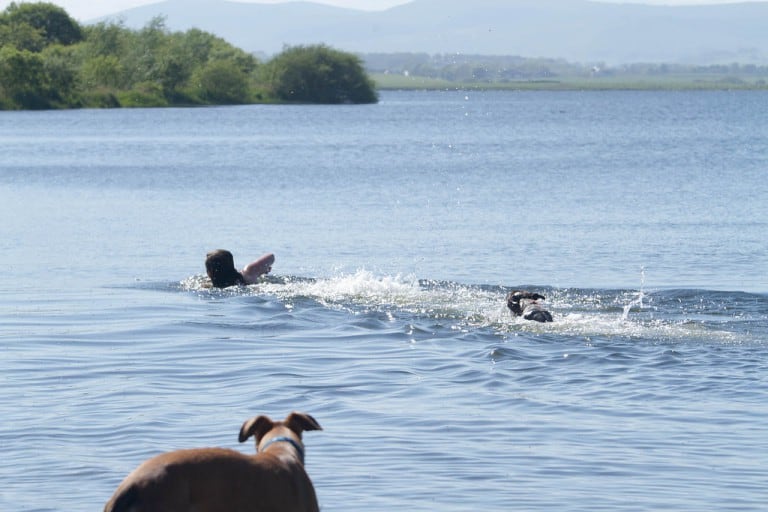10 tips for visiting Lindisfarne Holy Island in Northumberland
Last week, we loaded up the car and headed for a week camping in Northumberland. It’s a part of the country I’d never visited before, but it was such a beautiful area we’ll definitely head there again. Whilst we were there, we spent a day on Lindisfarne Holy Island. This fascinating island has great historical significance and the coastal views are stunning. Here are a few tips if you decide to visit.
1. Check the tide times before you travel
Despite being an island, Lindisfarne is accessible by road. However at high tide, the road is impassable so it is important to check safe crossing times. We stayed in Lindisfarne for most of the day, but we wouldn’t have been able to stay much longer due to the tides.
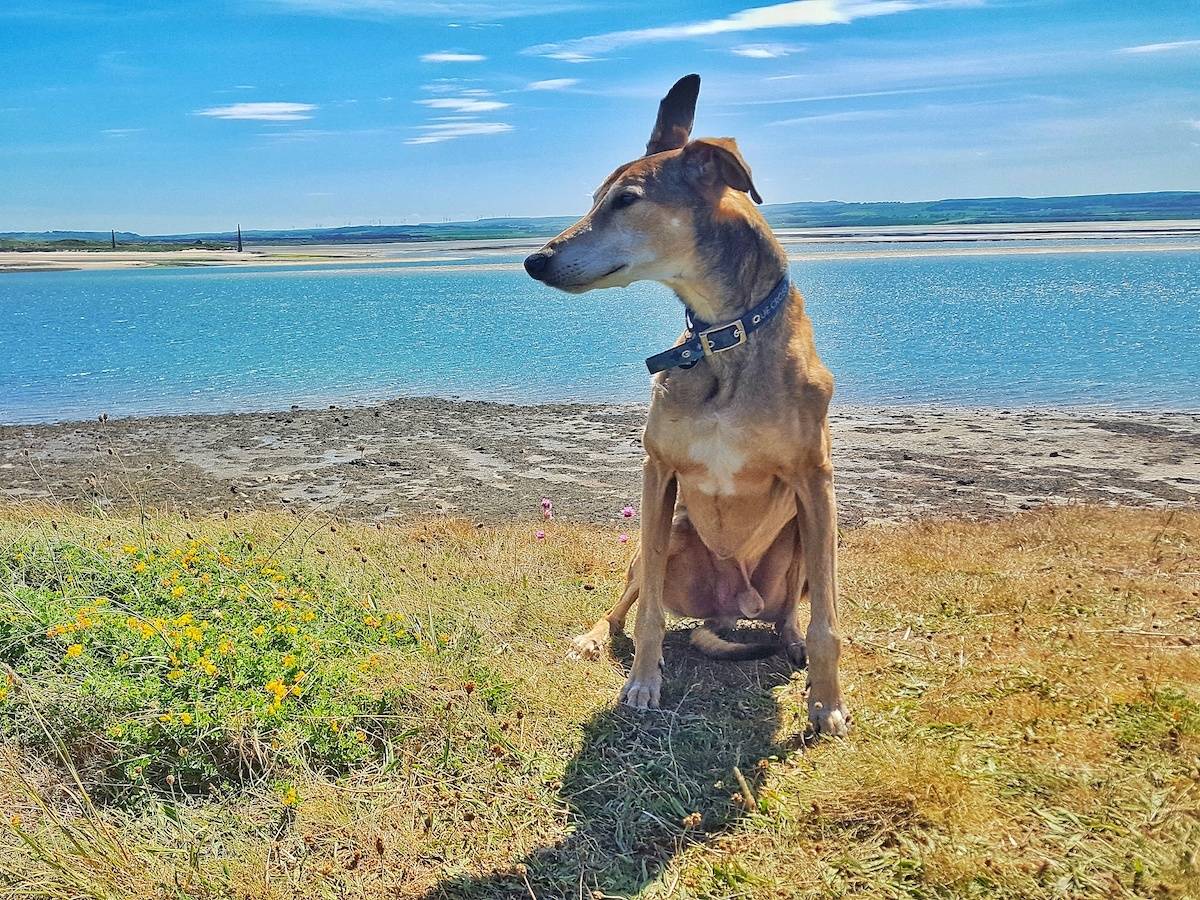
2. The castle is closed for renovation throughout 2017
Lindisfarne Castle is a National Trust property located right on the coast. The castle has a fascinating history. There was a fort there from 1550, it was transformed into a luxury residence in Edwardian times and has been under the care of the National Trust since 1944. Major renovation work is currently taking place at the castle, which will reopen to the public in April 2018. The gardens, lime kilns and shop remain open.
3. The island is dog friendly
Lindisfarne island is a great place to visit with dogs. There are plenty of places to eat and drink both indoors and out where dogs can join you. Dogs are allowed on the beaches all year round and there are some lovely walks to do with them.

4. Accommodation books up fast
It is possible to stay on the island, but there is a limited amount of accommodation and it’s a popular place to stay. There is a useful accommodation list and it’s worth booking well in advance because everywhere is likely to be full in peak season. This makes it even more imperative that you ensure you’re back at the causeway in time to leave the island as there will be nowhere to stay if you’re stuck.
5. A minibus is available from the car park
There is a large car park on the island, from which it will take about 10 minutes to walk to the village. However, if you’re not able to walk then don’t let this put you off, as a minibus runs regularly from the car park into the village.
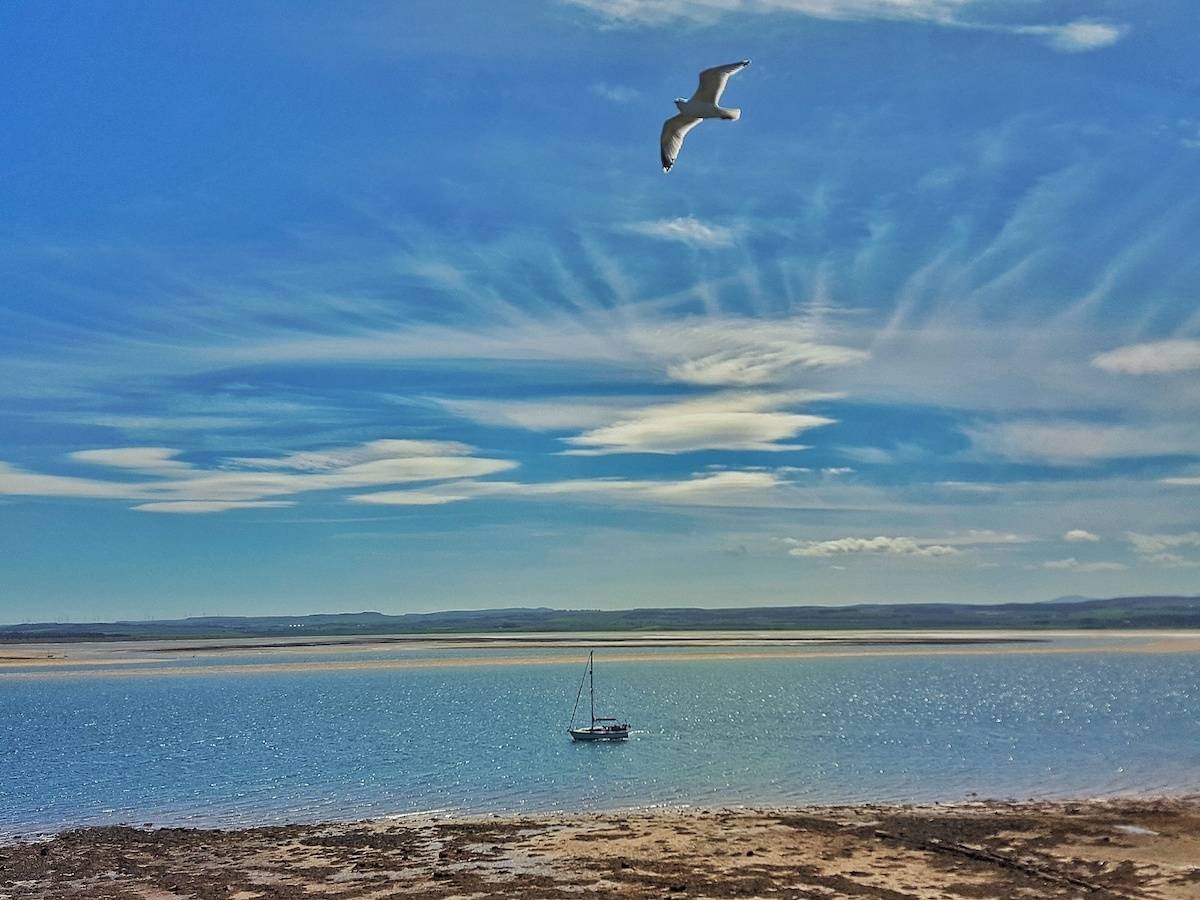
6. Lindisfarne priory has events for children during school holidays
The ruins of the Lindisfarne priory are owned by English Heritage. Visitors can look around and learn about the history of the priory. However if the ruins themselves don’t appeal to children, it’s worth timing your visit to coincide with one of the regular storytelling events. We didn’t have time to go and listen to the stories, but it looked like the children in there were having a brilliant time.
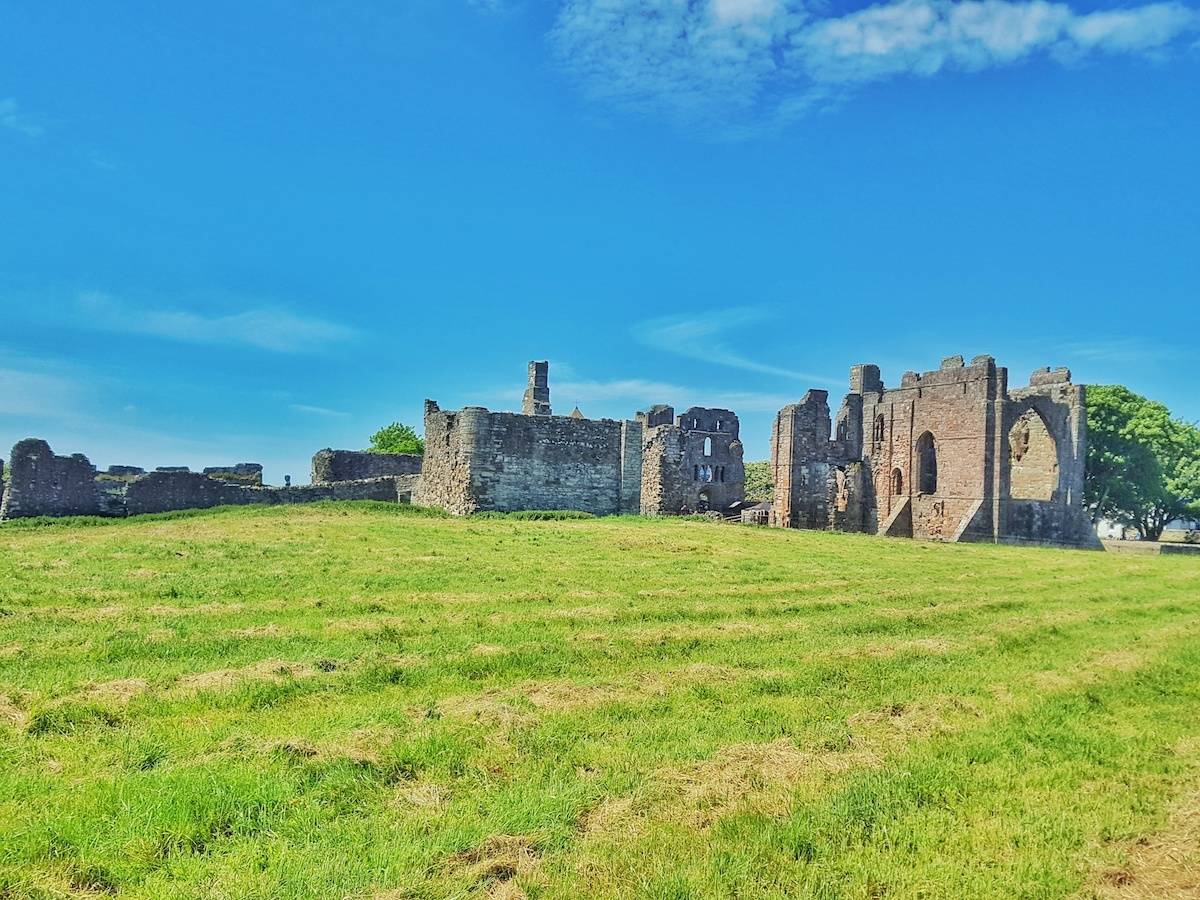
7. Stop and enjoy the view
The coast of Lindisfarne is a great place for a picnic. The views over the coast are quite spectacular. There is also a lookout tower, which used to be the coastguard’s vantage point. These days visitors are able to go up into the tower to see the stunning view.
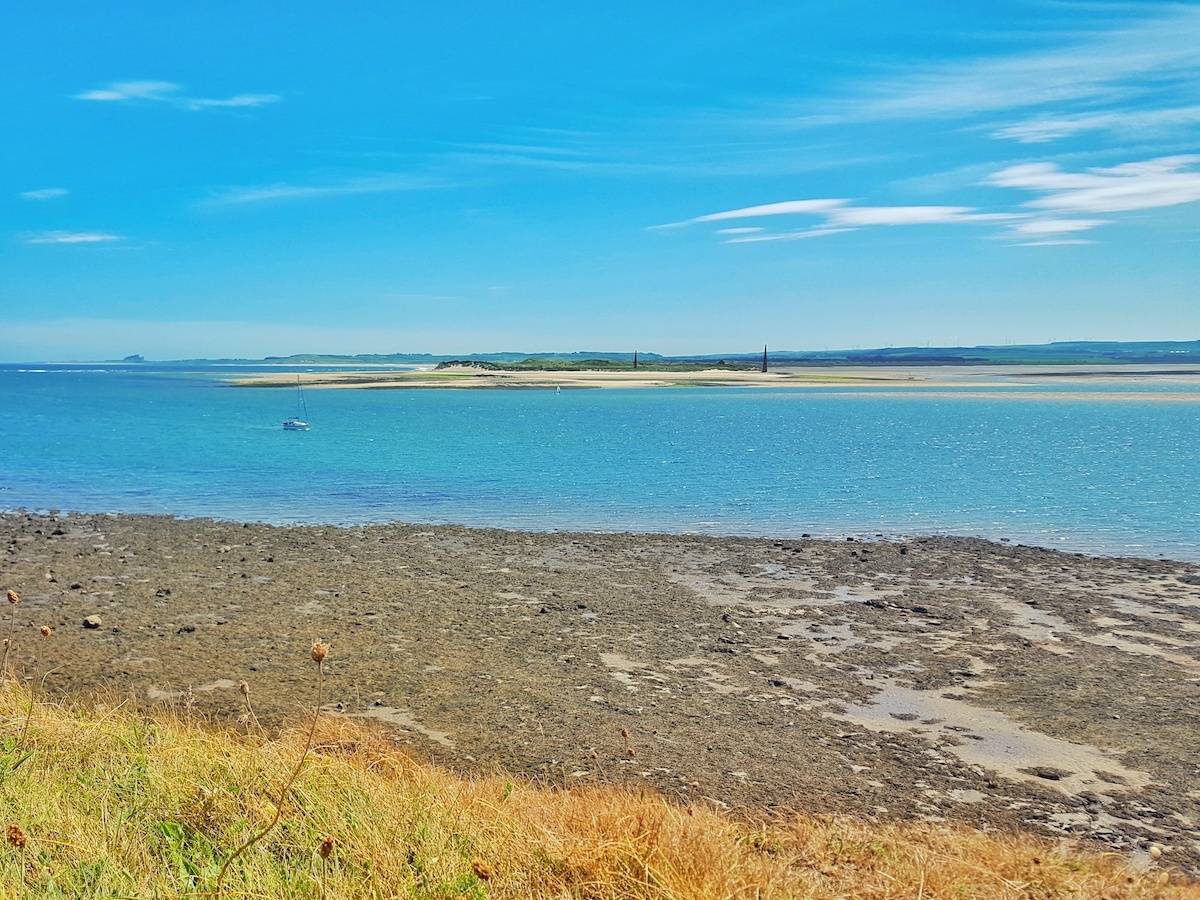
8. Perfect for rock-pooling
The beaches have both sandy areas and rocky outcrops. These are perfect for rock-pooling, in fact we spotted more creatures there than I’ve ever seen in rock-pools. We found sea snails, a variety of crabs including hermit crabs, some little fish and even a comb jelly. Having recently read a blog post about these, I was fascinated to watch the bioluminescent lights moving through them as they fed.
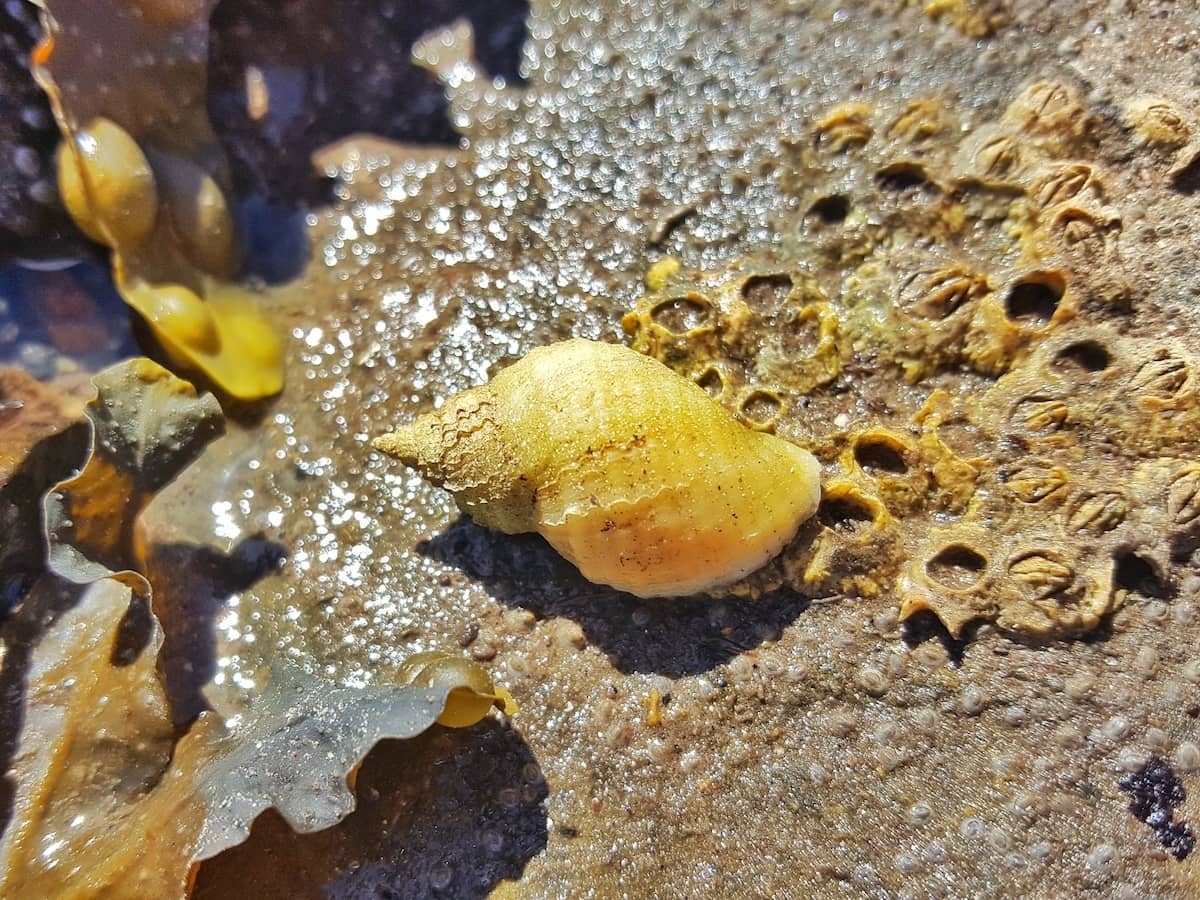
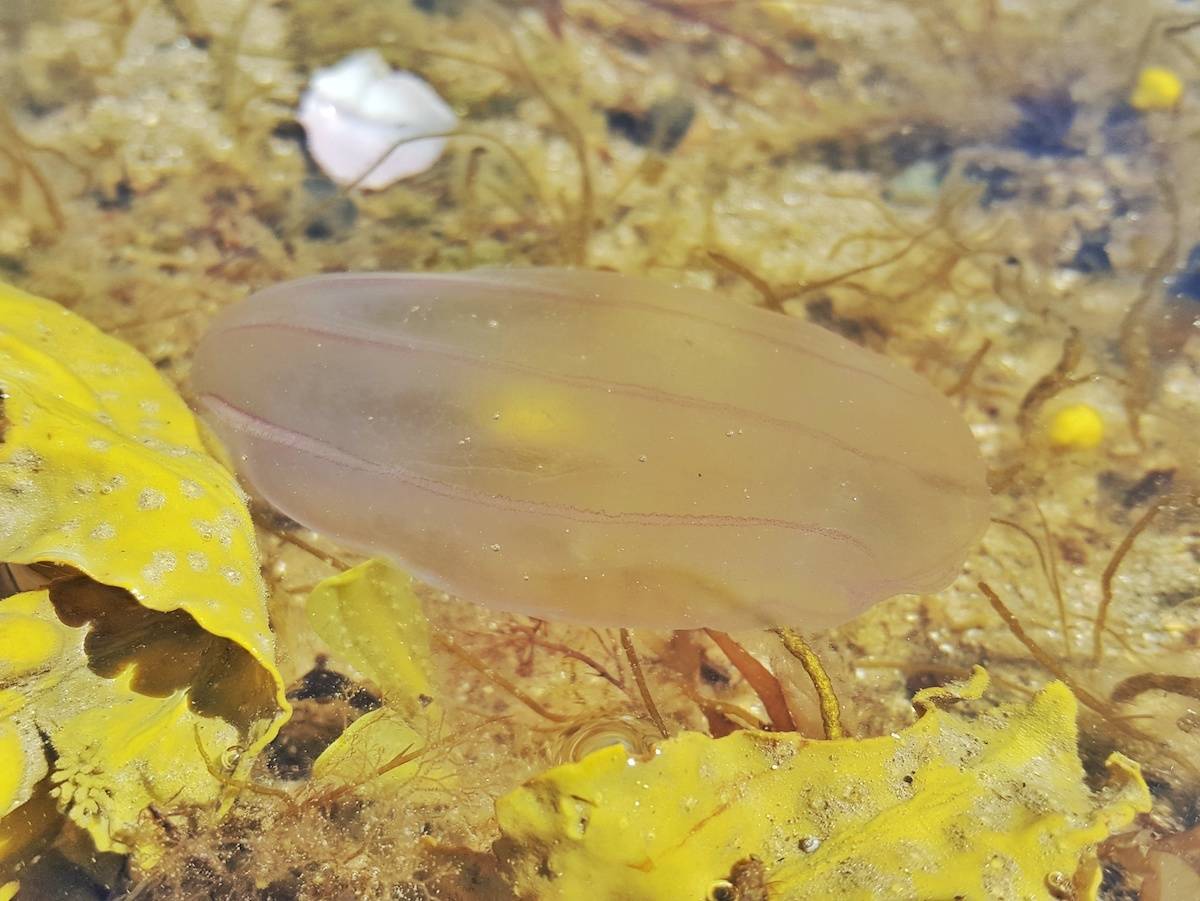
9. Try the mead
As we were walking through the village, my husband spotted the winery showroom selling Lindisfarne mead. This reminded him of a recommendation from a colleague to try it, so that’s exactly what we did. It’s an alcoholic drink with a sweet taste unlike anything I’ve tried before, but we have spent a few pleasant evenings sampling it. I can confirm that it’s rather delicious.
10. Look out for wildlife
The biodiversity on Lindisfarne has led to it being classified as a Site of Special Scientific Interest (SSSI). You can spot a variety of rare plants and birds on the island in various different habitats from sand dunes to mudflats to salt marsh to name a few. Whilst this makes it a fascinating place to visit, it also means you need to take extra care to ensure that dogs are kept under control and you stick to the marked paths.







